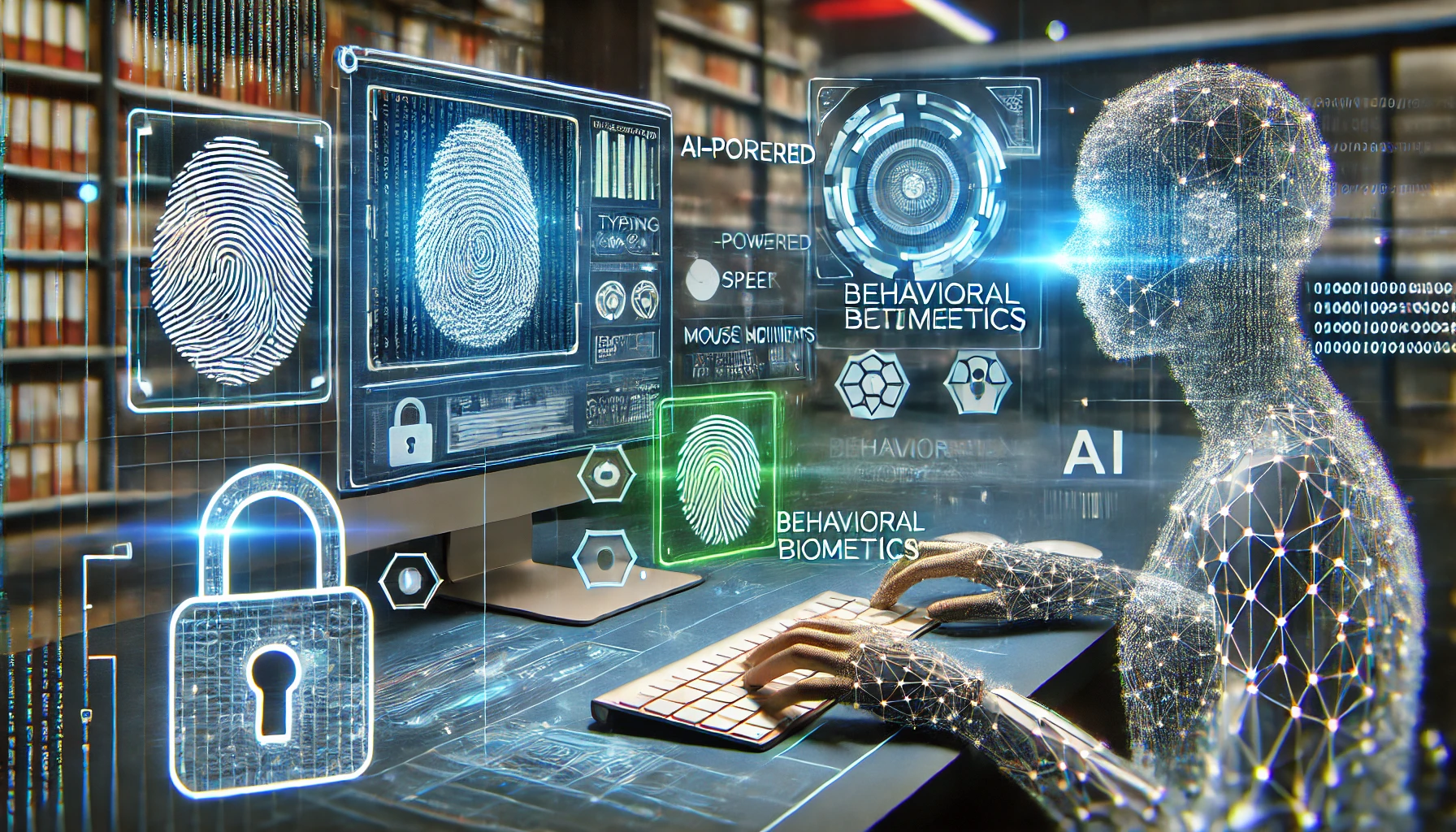AI-Powered Behavioral Biometrics: Revolutionizing Secure Financial Transactions

Introduction to AI and Behavioral Biometrics
As cyber threats grow more sophisticated, financial institutions are scrambling to find new ways to secure transactions. Enter AI-powered behavioral biometrics. Unlike traditional biometrics like fingerprints or retina scans, behavioral biometrics analyze unique user behavior patterns, such as typing speed, mouse movement, and even how you hold your device. This means your bank might soon recognize you not by your fingerprint but by how quickly you type in your password—or even how you browse its app. It's like having an invisible bouncer at the door who knows you by your moves.
The Evolution of Behavioral Biometrics
The concept of using behavior for authentication isn’t entirely new. Think about when you type in a password—each time you press the keys, you're doing it in a unique way that can be measured. That’s the basis of behavioral biometrics. With the rise of AI and machine learning, these systems are now smarter than ever. They can learn and adapt to your behavior over time, identifying subtle changes while maintaining security. This is especially important in today’s world where cybercriminals are becoming more adept at cracking static passwords and even bypassing traditional biometrics.
Why Behavioral Biometrics are a Game-Changer for Financial Security
Financial institutions are particularly interested in behavioral biometrics because they provide continuous authentication. This means the system doesn’t just check your identity when you log in but monitors your behavior throughout the entire session. If anything seems off—like a sudden change in typing speed or mouse movements—the system can flag the activity as suspicious. It's like having a security guard who doesn’t just stop you at the gate but walks with you the whole time. This constant vigilance is key in the fight against fraud and unauthorized access.
AI’s Role in Enhancing Behavioral Biometrics
AI is the secret sauce that makes behavioral biometrics so effective. AI algorithms analyze vast amounts of data in real time, learning to differentiate between normal user behavior and potential threats. Over time, the AI can refine its understanding of an individual’s habits, making it much harder for hackers to impersonate someone. Moreover, AI-driven systems can adapt to legitimate changes in behavior, such as when someone upgrades their device or types slower after an injury. This flexibility gives behavioral biometrics an edge over more static forms of authentication like passwords or fingerprint scans.
The Benefits and Challenges of Adopting AI-Powered Behavioral Biometrics
On the plus side, behavioral biometrics are incredibly hard to spoof. Unlike passwords or fingerprints, behavior is much more difficult to replicate. Plus, it’s a passive system, meaning users don’t need to do anything extra to verify their identity—no more frustrating multi-factor authentication steps. However, there are challenges too. Privacy concerns are at the forefront, as some users might not feel comfortable knowing their every move is being tracked. There’s also the issue of false positives, where legitimate users are flagged as suspicious because of slight deviations in their behavior. Financial institutions need to strike a balance between security and user experience.
The Future of Financial Transactions with AI-Powered Behavioral Biometrics
The future of banking could be as simple as typing a few words. As AI continues to evolve, behavioral biometrics may become the gold standard for secure financial transactions. Imagine a world where fraud is virtually impossible because your bank can recognize you by your unique behavior, making traditional passwords and even two-factor authentication obsolete. While we’re not there yet, the groundwork is being laid today. Major banks and fintech companies are already experimenting with these technologies, and it’s only a matter of time before they become mainstream.
Conclusion: Are You Ready for AI to Know You Better Than You Know Yourself?
AI-powered behavioral biometrics are shaping up to be the future of secure financial transactions. While it may sound a little creepy to have your bank monitoring how you type or move your mouse, the increased security and seamless user experience might just be worth it. As cyber threats evolve, so must our defenses, and behavioral biometrics offer a promising solution. The question is: Will you embrace the change, or does the idea of AI knowing your every move make you think twice?



